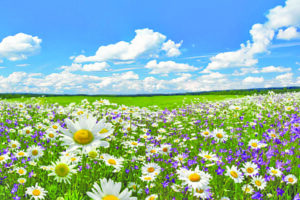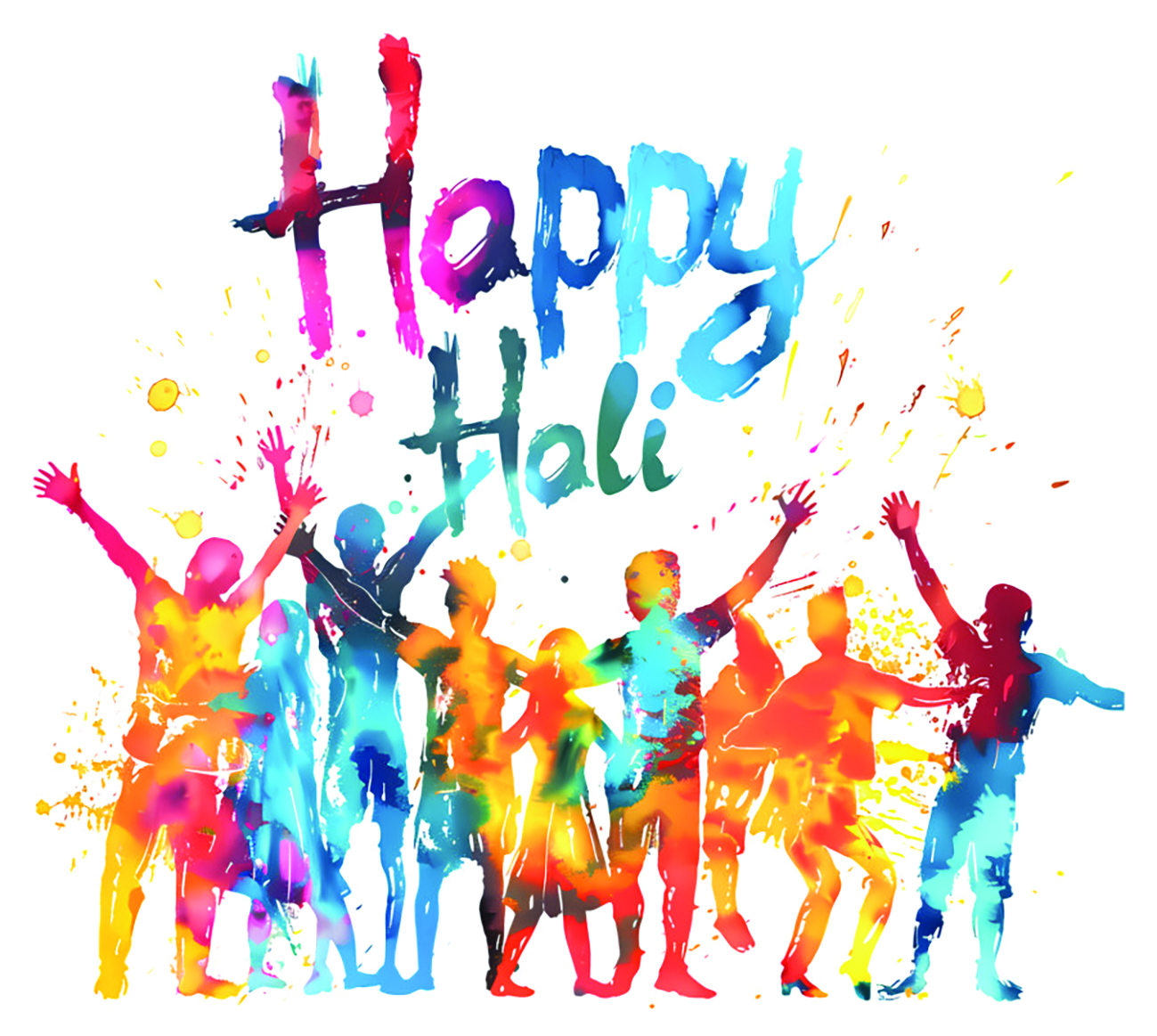 The spring festival of Holi is observed on the full moon day of the month of Falgun. This year (2024), the festival will be celebrated on Monday, 25th March. The eve of Holi, known as Holika Dahan or Choti Holi, will be observed on 24th March by lighting huge bonfires. Falgun is the last month of the Hindu lunar calendar and considered very auspicious. Falgun means Fal (fruit) and Guna (quality). Thus, the month of Falgun is considered as having the character or quality of a fresh nutritious sweet fruit.
The spring festival of Holi is observed on the full moon day of the month of Falgun. This year (2024), the festival will be celebrated on Monday, 25th March. The eve of Holi, known as Holika Dahan or Choti Holi, will be observed on 24th March by lighting huge bonfires. Falgun is the last month of the Hindu lunar calendar and considered very auspicious. Falgun means Fal (fruit) and Guna (quality). Thus, the month of Falgun is considered as having the character or quality of a fresh nutritious sweet fruit.
Interestingly on 20th and 21st March, 2024, Zoroastrians heralded the spring equinox and the spring festival of Jamshedi Navroze with much gusto.
Pre-spring Festival Of Sadeh: Fifty days before Navroze, Zoroastrians also celebrated the pre-spring festival of Jashn-e-Sadeh. Sadeh means one hundred or the aggregate of fifty days and fifty nights before Jamshedi Navroze. Sadeh is celebrated by lighting huge bonfires after sunset, just the way bonfires are lit after sunset on the festival of Holi in India. Lighting bonfires celebrates light over darkness; and warmth over cold; and life over death.
To the blazing fires, Iranian’s say, “Sorkhie to az man, Zardieh man az to,” which is the devotee’s plea to the fire to bestow its red glow of health and take away the devotee’s yellow pallor of illness! According to legend, Sadeh also celebrates discovery of fire by Shah Hooshang of the pre-historic Peshdadian dynasty. The festival is traditionally celebrated in Zoroastrian strongholds like Yazd and Kerman, in open spaces with devout Zoroastrians dressed in white clothes, gathering in large numbers, with contributions of firewood for the fire and food to be shared and eaten together. The congregation also prays, sings and dances together as a community. The festival celebrates life, good health, and strong community bonding.
Spring Festival Of Navroze: Jamshedi Navroze marks the first day (Roj Hormazd) of the first month (Mah Fravardin) as per the Fasal (fasli) or seasonal calendar. It is Nature’s new year with the end of the cold winter and the beginning of new life. While 2024 is the Chinese year of the Dragon, Iranians have considered this year to be the year of the Blue Whale. Blue is the colour of royalty and whale is an aquatic mammal that symbolises prosperity and abundance. Chinese dragons have many animal-like forms such as turtles and fish but are most depicted as snake-like with four legs. Persians dislike snakes and therefore prefer the dragon in the form of a huge blue coloured whale.
Interestingly bonfires are lit on the eve of both spring festivals – Holi and Navroze. Colours also play a significant role.
Spring festival of Holi: The festival of Holi is perhaps the most colourful, both literally and figuratively. Dancing and clowning around after intake of bhang and smearing loved ones with varied hues, celebrates warmth, friendship and putting aside old differences.

However, the more solemn and sober side of this festival is the lighting of the bonfire called Holika dahan. Devotees offer gratitude to Agni, (the Hindu divinity presiding over fire) by offering coconut, gram, and stalks from the winter harvest. Ashes of this bonfire are considered holy and applied over the forehead for protection from the forces of evil. This is so like what Parsis practice when they visit an Agyari or Atash-behram. We offer fragrant sandalwood to the Holy Fire and then apply a pinch of the Holy Ash to our forehead!
According to a Hindu legend, the Demon King, Hiranyakashyap, demanded that everyone in his kingdom worship him as God. Despite this royal edict, his own son, Prahlad, became a devotee of Lord Vishnu. This irked Hiranyakashyap to such an extent that he wanted his own son be killed. He asked his equally evil sister, Holika, to enter a blazing fire with Prahlad in her lap as Holika had a boon which made her immune to fire. The story goes that Prahlad was saved by Lord Vishnu Himself for his extreme devotion and the evil Holika was burnt to ashes. Her boon failed to protect her because she was blessed to be immune to fire only if she walked into the fire alone.
The moral behind this legend is twofold: First – No matter how powerful and blessed you may be, Divinity will find a way to protect a true, simple, and humble devotee; and Second – Even divinely acquired powers will fail if they are used for destructive purposes.
Thus, mythologically, Holi signifies the triumph of good over evil, with fire playing a central role. Zoroastrians too believe in the ultimate triumph of good over evil and make fire central to their mode of worship. Fire, from a Zoroastrian point of view, is not just a dispeller of darkness, but also energy, which animates the universe. Anything that is dead is cold, whereas, whatever is alive is warm or animated by the energy of fire.
Holi also marks the onset of spring and the time to celebrate harvest or fertility. In other words, it celebrates new life as well as the energy associated with the season of spring. In the Zoroastrian tradition, one could draw a parallel to this in the observation of the festival of Sadeh – the mid-winter festival.
Traditions may differ. Ritual observations may differ. Dates may differ. However, what binds all humanity is the message of hope and friendship. Be it Holi, Navroze or Sadeh, the essence of these festivals remains the same – Light and Goodness will always and ultimately triumph over darkness and evil!
Happy Holi!
- In Search Of The Soul - 5 April2025
- Why Pray In A Language We Do Not Understand? - 29 March2025
- Celebrate Nature’s New Year With Purity And Piety of Ava - 22 March2025
